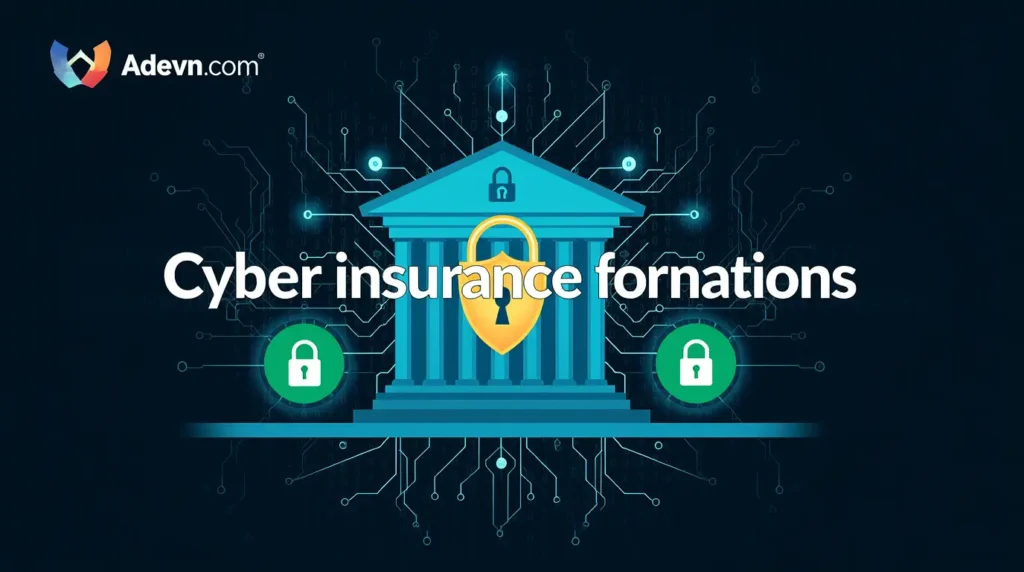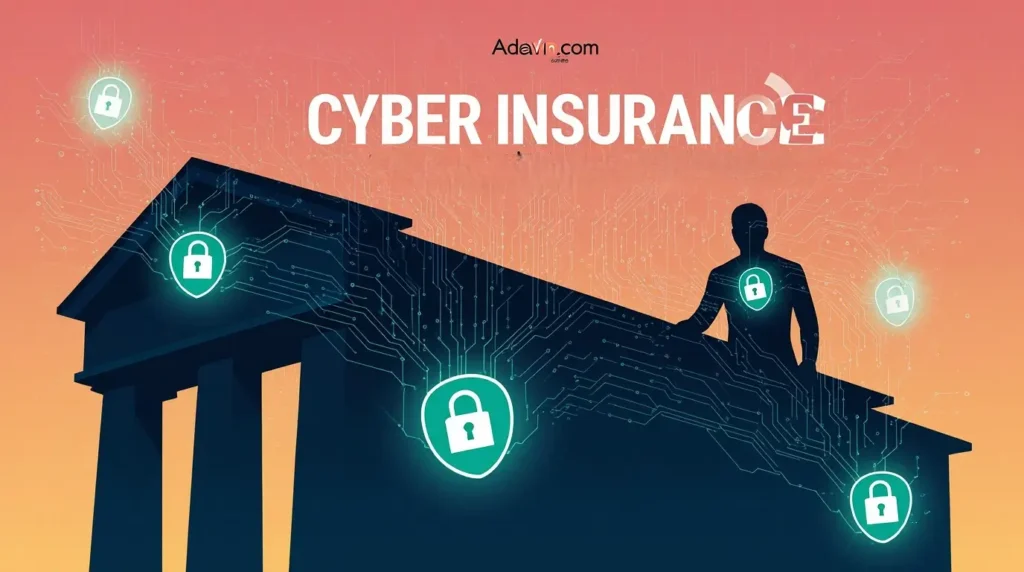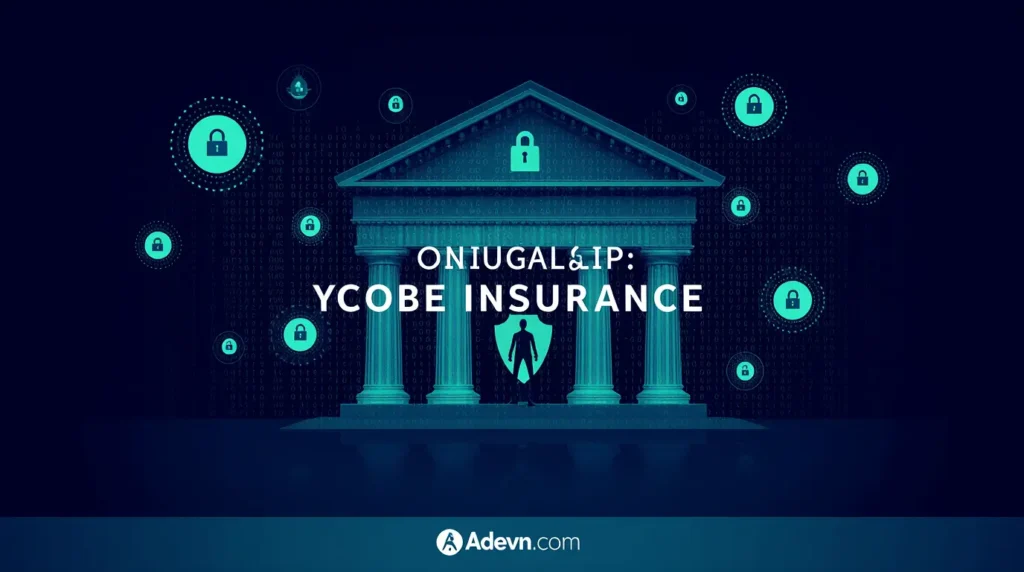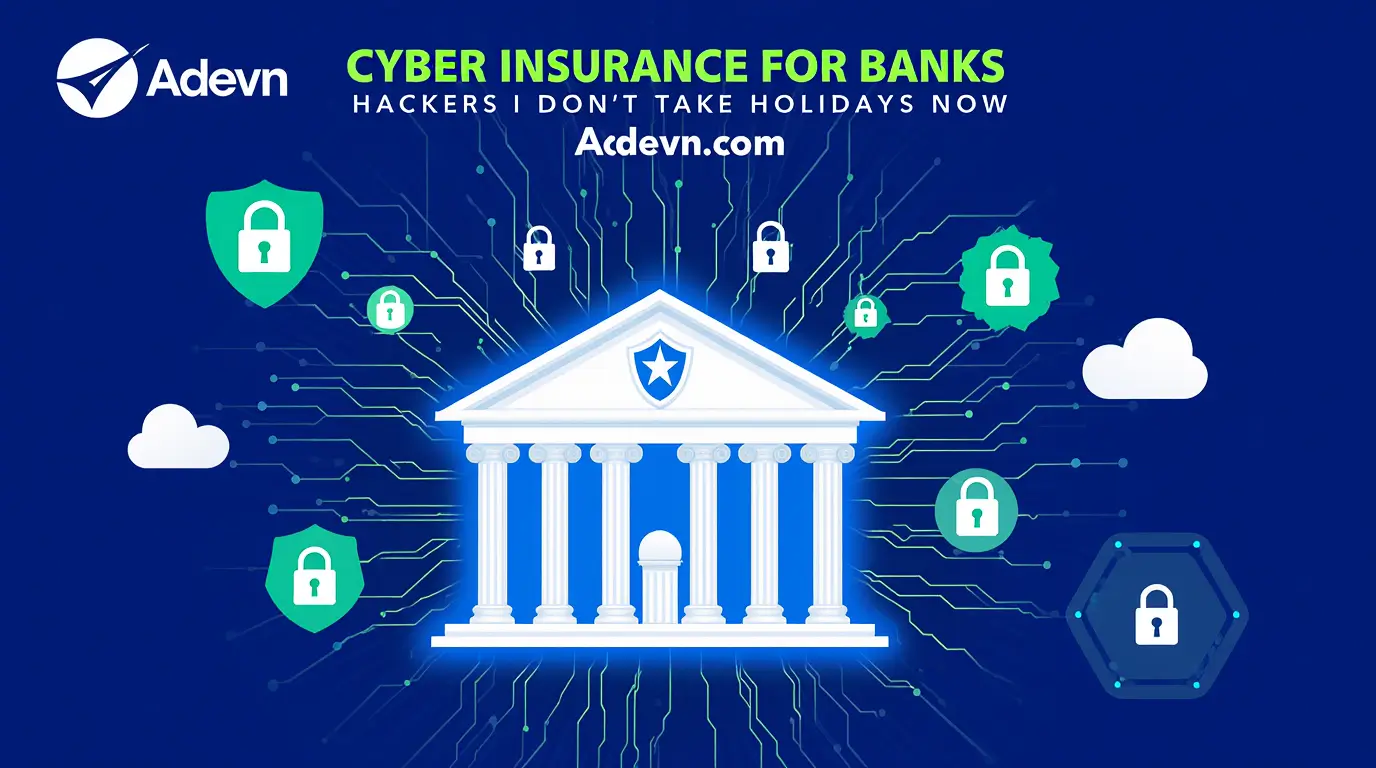Your learning increases your profit
Table of Contents
introduction to Cyber Insurance for Banks

Look, I’ll be straight with you – if you’re running a bank or credit union these days and don’t have cyber insurance, you’re basically playing Russian roulette with your business. And trust me, the house always wins in that game. get info about : Green Mortgages.
Here’s the thing that nobody wants to talk about: it’s not a question of if your bank will get hit by cybercriminals, it’s when. I know, I know – nobody likes to think about worst-case scenarios. But banks are like candy stores to hackers, except instead of stealing gummy bears, they’re after your customers’ life savings and personal data.
So what exactly is cyber insurance for banks? Think of it as your financial superhero cape. When the digital bad guys come knocking (and they will), this insurance swoops in to cover everything from the massive cleanup costs to those awkward “sorry we got hacked” letters you’ll need to send to customers. Unlike your regular insurance that covers, say, someone slipping on a wet floor, financial cyber insurance deals with all the messy digital stuff that can go wrong.
Now, here’s where it gets interesting – and a bit unfair, honestly. Big banks have money to throw at cybersecurity teams and fancy tech. But if you’re running a smaller community bank or credit union? You’re probably working with a shoestring IT budget and maybe one guy named Dave who’s “good with computers.” No offense to Dave, but he’s got his work cut out for him.
But here’s the cool part: cyber insurance isn’t just about picking up the pieces after disaster strikes. It’s like having a really smart friend who knows all about crisis management, legal stuff, and how to keep your customers from panicking. Pretty neat, right?
The Wild West of Cyber Threats (And Why Your Bank is the Sheriff They’re After)
OK, let’s talk about what we’re up against here. The cyber threat landscape is basically like a really twisted video game where the bad guys keep getting new cheat codes, and they’re all aimed at banks.
First up, we’ve got social engineering – which is just a fancy way of saying “tricking people into doing dumb things.” You know those emails that look like they’re from your CEO asking you to wire money to a “vendor”? Yeah, those. Over 90% of successful attacks start with someone clicking something they shouldn’t have. We’ve all been there, no judgment.
Then there’s ransomware, and boy oh boy, this one’s a doozy. Picture this: you come into work on Monday morning, turn on your computer, and instead of your usual desktop, you see a message that says “Pay us $50,000 in Bitcoin or you’ll never see your files again.” Fun times, right? These attacks jumped 238% in just a few months back in 2020. For smaller banks (under $2 billion in revenue), ransomware accounts for 64% of all cyber losses. That’s… not great.
We’ve also got malware (think digital viruses but way meaner), spoofing (fake websites that look scary real), and Business Email Compromise attacks that cost businesses over $3 billion in 2025. And don’t even get me started on poorly configured cloud setups and unsecured smart devices – they’re responsible for 60% of security incidents. Your smart coffee machine could literally be the reason your bank gets hacked. I wish I was kidding.
The numbers are pretty sobering: cybercrime is expected to cost the world over $10.5 trillion by 2025. That’s more than the GDP of most countries. Banks are getting the worst of it because, well, that’s where the money is.
What Does Cyber Insurance Actually Cover? (Spoiler: Pretty Much Everything)

Alright, let’s break down what you’re actually getting when you buy cyber insurance for banks. It’s like having a really comprehensive emergency kit, but for digital disasters.
First, there’s the stuff that directly affects your bank. When hackers break in, you’ll need digital detectives (IT forensics) to figure out what happened – and these folks don’t work cheap. You’ll also need to tell all your customers about the breach (notification costs), set up credit monitoring for them (because you’re a good bank that cares), and probably hire a PR team to help manage the “we’re not going out of business” messaging.
If your systems go down, you’re losing money every minute. Business interruption coverage handles that. And if the hackers are holding your data hostage? The ransomware coverage can even pay the ransom (though most insurers really prefer you don’t).
Then there’s the third-party stuff – basically when other people get mad at you because of the breach. Customers might sue you, regulators might fine you, and everyone’s going to want their piece of the action. Your cyber insurance helps cover all those legal headaches too.
Here’s something important though: cyber incidents can trigger claims under multiple insurance policies. It’s like when you’re not sure if your car accident falls under collision or comprehensive coverage, except way more complicated. Make sure you understand what overlaps with what, or you might end up with some unpleasant surprises.
Why Your Bank Absolutely, Positively Needs This Stuff
Look, I get it. Insurance isn’t sexy. It’s not going to make your quarterly reports look amazing or get you featured in banking magazines. But here’s why financial cyber insurance is absolutely crucial for your survival.
First off, it’s your financial lifeline when things go sideways. Cyber incidents are expensive – like, “holy cow, how did we spend that much money” expensive. Having insurance means you won’t have to explain to your board why you’re suddenly $2 million poorer.
When a breach happens (notice I said “when,” not “if”), you’ll need experts, and you’ll need them fast. Cyber insurance policies come with a rolodex of pre-approved forensic investigators, lawyers, and crisis management folks who know exactly what to do. It’s like having Batman’s phone number, but for cyber emergencies.
But here’s the real kicker – reputation management. Your customers trust you with their money, their personal information, their financial futures. One data breach can destroy decades of trust building. Cyber insurance helps you manage the messaging and implement recovery strategies that actually work.
For smaller banks, this is especially crucial. You probably can’t afford a full cybersecurity team or enterprise-level security solutions. Cyber insurance for banks gives you access to resources and expertise that would otherwise cost a fortune.
Plus, it’s good for the economy overall. When banks feel confident about managing cyber risks, they’re more likely to invest in digital services and innovation. Everyone wins.
Navigating the Insurance Market (Without Losing Your Mind)

Shopping for cyber insurance is… well, it’s about as fun as shopping for regular insurance, which is to say not fun at all. Prices are all over the map because nobody really knows how to predict cyber threats yet. It’s like trying to price insurance for dragon attacks – sure, it probably won’t happen, but if it does, it’s going to be expensive.
You’ve got two main options: standalone cyber policies or packaged deals. Standalone policies are like buying a specialized sports car – they’re built specifically for cyber risks and usually offer better coverage. Packaged policies are more like buying a minivan with some sports car features – they’ll get the job done, but they’re not going to win any races.
The regulatory environment is still pretty chill. Organizations like the NAIC are basically saying “figure it out yourselves,” which is both good and bad. Good because there’s flexibility, bad because there’s no clear roadmap.
The Federal Financial Institution Examination Council (that’s FFIEC for those keeping score) has put out some guidance about what to consider when shopping for cyber insurance. Their main advice? Get everyone involved – legal, IT, operations, finance – because this affects everybody. Also, do your homework. Read the fine print. Ask questions. Be annoying if you have to.
Working with insurance brokers and Managed Security Service Providers can save you a ton of headaches. These folks live and breathe this stuff, so they can help you navigate the maze of options and actually understand what you’re buying.
How to Get Better Rates (Because Nobody Likes Overpaying)
Want to pay less for your cyber insurance? Here’s how to sweet-talk the underwriters.
First, show off your cybersecurity frameworks. Underwriters love seeing compliance with NIST, ISO 27001, SOC 2, and PCI DSS. It’s like showing your report card to your parents, except your parents are insurance companies and good grades mean lower premiums.
Get serious about third-party risk management. A huge chunk of breaches come from vendors and suppliers, so if you can show you’re managing those risks well, insurers will love you for it. Make your vendors get their own cyber insurance too – it’s like making sure everyone at the party has a designated driver.
Have a solid cybersecurity plan that covers people, processes, and technology. This means keeping your software updated, training your employees not to click on sketchy links, and having actual security measures in place. Insurers want to see that you’re trying to prevent problems, not just dealing with them after they happen.
Finally, actually measure your cyber risks. Use tools and platforms that can help you understand what you’re potentially facing financially. The more you can quantify your risks, the better you can negotiate coverage that makes sense for your specific situation.
Beyond Just Buying Insurance: The Full Protection Game
Here’s the thing about cyber insurance for banks – it works best when it’s part of a bigger strategy, not just a standalone solution. Think of it like wearing a seatbelt while also driving carefully and maintaining your car properly.
You need layered defenses that can spot and stop attacks before they turn into full-blown disasters. This means having incident response plans that actually work, not just some document gathering dust in a filing cabinet.
Consider partnering with Managed Security Service Providers, especially ones that specialize in banking like Corsica Technologies. These folks can help you implement comprehensive security strategies and fill in the gaps that smaller institutions often have.
The key is continuous improvement. Cyber threats evolve constantly, so your defenses and insurance coverage need to evolve too. Regular security assessments, penetration testing, and coverage reviews aren’t just good practices – they’re survival tactics.
What’s Coming Next (Crystal Ball Not Included)
The future of cyber insurance is getting interesting, and by interesting, I mean slightly terrifying but also kind of cool.
AI is changing everything. On the bad side, hackers are using AI to create super convincing phishing emails, deepfake videos for social engineering, and automated password cracking. It’s like giving supervillains better gadgets.
But AI is also helping the good guys. AI-powered security systems can detect threats in real-time, spot patterns humans would miss, and predict attacks before they happen. It’s an arms race, basically.
Insurance rates have been dropping lately (10-30%), which sounds great until you realize experts think this won’t last. The market is getting competitive, but claims are also increasing. Enjoy the lower rates while they last.
Looking at global markets like India, where less than 1% of businesses have cyber insurance despite over 1.4 million cyber incidents in 2023, there’s clearly room for growth. The awareness is slowly building, and regulations are starting to encourage (or require) better cybersecurity practices.
Finding Your Insurance Wingman
Choosing the right cyber insurance isn’t just about comparing policies – it’s about finding partners who get what you’re dealing with. Look for brokers who specialize in financial institutions, like Cover Your Saas or ProWriters. They speak your language and understand your unique challenges.
The best partners don’t just sell you a policy and disappear. They offer risk management programs, help with incident response planning, and provide ongoing support. It’s like having a cybersecurity consultant who also happens to sell insurance.
Technology platforms that can compare multiple policies and help you understand your actual risk exposure are incredibly valuable. These tools take a lot of the guesswork out of coverage decisions.
The Bottom Line: Your Digital Insurance Safety Net
Look, cyber insurance isn’t optional anymore for banks and financial institutions. It’s as essential as having locks on your doors or alarms for your building. The digital world is full of threats, and hackers really don’t take holidays, weekends, or even lunch breaks.
The most successful banks are combining comprehensive insurance coverage with solid cybersecurity practices, regular risk assessments, and partnerships with experts who know this stuff inside and out. It’s not just about buying a policy – it’s about building a complete defense strategy.
The cyber threat landscape will keep evolving, and cyber insurance for banks will become even more critical as we become more digital. The banks that invest in comprehensive cyber insurance strategies now will be the ones still standing (and thriving) when the next big cyber crisis hits.
So here’s my friendly advice: don’t wait until you’re dealing with a breach to figure this out. Get your cyber insurance sorted now, because in this digital age, it’s not paranoia – it’s just good business sense. And remember, somewhere out there, a hacker is probably planning their next move. Make sure you’re ready for them.
Cyber Insurance for Banks: Hackers Don’t Take Holidays now
Look, I’ll be straight with you – if you’re running a bank or credit union these days and don’t have cyber insurance, you’re basically playing Russian roulette with your business. And trust me, the house always wins in that game. get info about : Green Mortgages.
Here’s the thing that nobody wants to talk about: it’s not a question of if your bank will get hit by cybercriminals, it’s when. I know, I know – nobody likes to think about worst-case scenarios. But banks are like candy stores to hackers, except instead of stealing gummy bears, they’re after your customers’ life savings and personal data.






